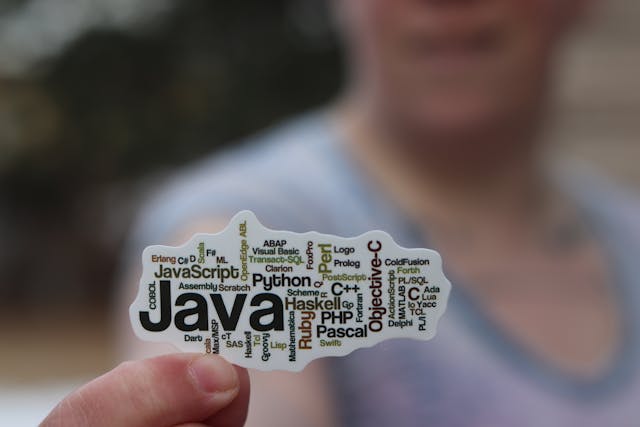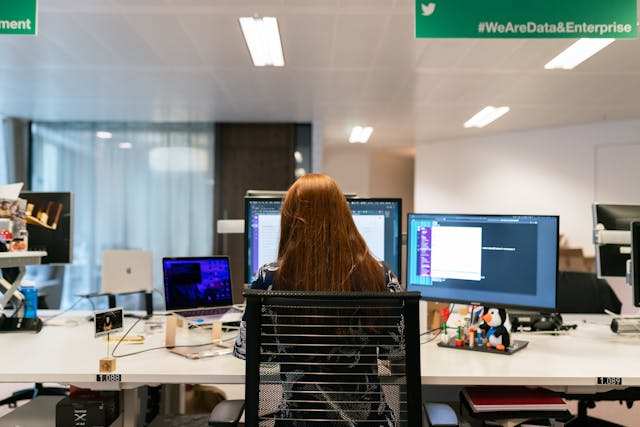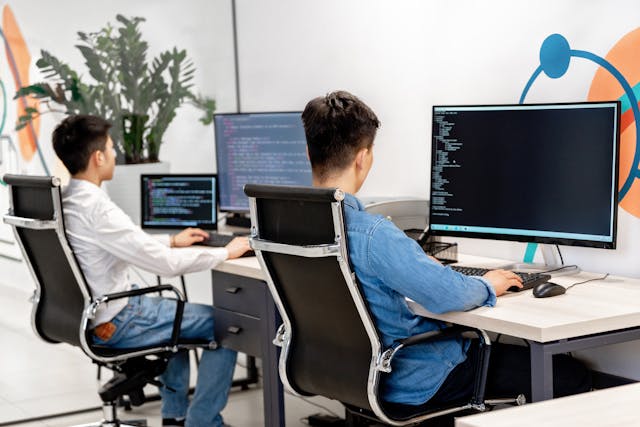Tired of Your Computer Running Slow? 5 Common Reasons and Solutions
From watching videos and surfing the web to sending emails and doing work, the average person uses their computer to perform a whole host of tasks. When your computer begins to slow down for one reason or another, it can affect your ability to do these tasks.
But why might your computer be running slowly, and is there a slow computer fix?
If you have a computer running slow, keep reading for a guide that can help you identify the problem and then resolve it.
Table of Contents
1. You Have Too Many Programs Open in the Background
Your computer only has a certain amount of memory. When too many programs are trying to use that memory at the same time, you can experience slowdowns. Often times, this can be because you have programs open in the background you can’t see.
Many Mac users are unaware that their computer has a Mac equivalent to WindowsOS Task Manager (the application launched by pressing CTRL + ALT + Delete). Mac computers have Activity Monitor.
To launch it, head to your Utilities and look for it there. You can also open it by using Spotlight. Press Command + Space, then search for Activity Monitor.
Once you launch the program, you’ll have access to a variety of information. You can see the applications running, as well as how they impact your computer’s battery, memory usage, etc. If you notice you have some stealthy applications active in the background, exit out of them, and see if your computer runs faster!
2. You’re Running Low on Disk Space
When your computer is running low on storage space, this can cause it to lag and slow down. It can also cause certain applications to quit.
If you are running low on disk space, there are a variety of solutions you can try. Try looking through your files and seeing if there’re any old ones you can delete. Most people have duplicate files and applications they never use, taking up space.
You can also look into purchasing an external hard drive to transfer over some of your files. These come in different storage capacities and can range in price from around $50 to a few hundred dollars. Choose one that will allow you to store what you need to.
You can also look into cloud-based storage systems. If you have a Mac, you can take advantage of iCloud.
You can choose a storage plan that makes sense for you. It’ll then sync with any other Apple devices you have. If you don’t have a Mac, consider exploring options such as Google Drive or Dropbox.
3. Your Computer Has Malware
Sometimes your computer can appear to be fine, but will still experience slowdowns and lag. If that’s the case, malware may have infected it.
PCs and Macs are both susceptible to viruses. Some programs can slow down your computer, others can cause popups to open, and others can force you to pay money to access your files.
The best prevention method is to avoid going to unfamiliar websites and to not download any suspicious files. Most viruses and malware attach themselves to downloadable files.
If you do feel that a virus has infected your computer, download an anti-virus program to get rid of it. PCs and Macs have a variety of free programs to choose from, which will search your computer and eliminate any threats they find.
4. You Need to Upgrade Your Hardware
How old is your computer? If it’s around a decade old, it may be starting to decline. Consider upgrading to a newer model.
Hardware, like anything mechanical, degrades over time. Although many manufacturers create high-quality products meant to last, you can only get so long out of even the most durable products.
If you’re using a desktop computer, it’s easy to upgrade specific parts of it. Consider adding more random access memory (RAM) or upgrading your processor. This will help your computer run faster, as well as handle multiple applications and processes running at the same time.
If you’re using a laptop, upgrading will be more difficult. Take it to the manufacturer and see if they have any suggestions. In some cases, repairing it may not be worth the cost. Consider purchasing a newer model.
5. You’re Behind on System Updates
Microsoft and Apple both release regular software updates. Although it can be annoying to see the system update reminder, consider updating your computer to get rid of it.
When you ignore system updates, you’re preventing your computer from resolving existing problems. Updates can help with problems such as battery life, application crashes, and security problems. They can also help your computer run quicker.
You should also make sure to upgrade the different drivers on your computer. This includes components such as the graphics card and processor. If your computer doesn’t do it, head to the manufacturer’s website and see if there is an update you can download.
Software updates can bring new problems. If you have a Mac and are experiencing problems, check out this guide on how to fix macOS Big Sur issues.
Computer Running Slow? It Might Be Because of One of These Problems
Is your computer running slow? If it is, it can compromise your productivity and ability to get simple tasks done. Yet after reading this guide, you may find the cause to be one of these reasons.
Treat the problem accordingly, and get your computer back to how it should be.
Do you have any other tips on how to fix a slow computer? Let us know in a comment below!
For more tech-related guides and tips, don’t forget to take a look at some of our other blog posts.









